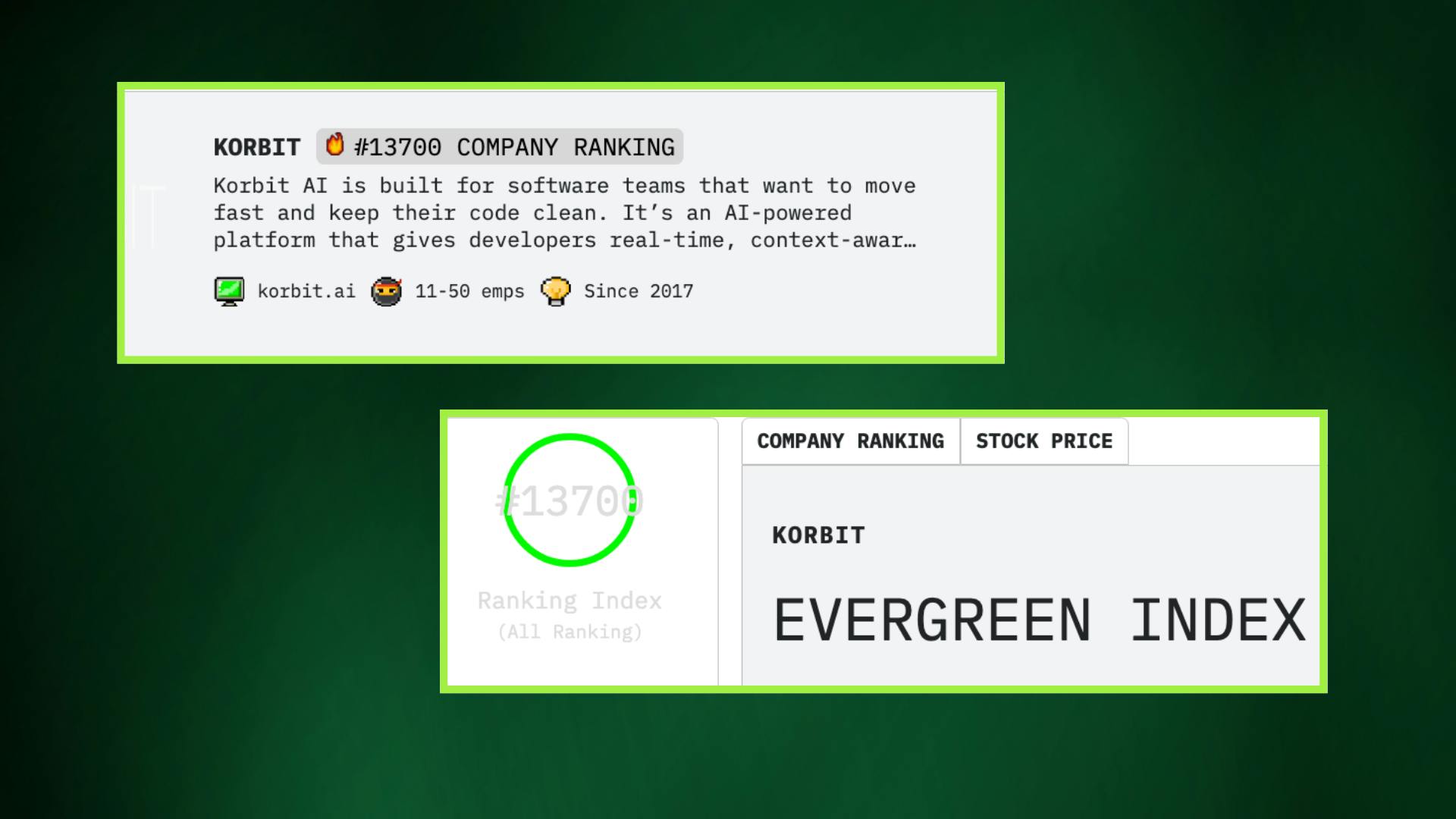In one of his research papers published in Nanotechnology Perceptions, Tulasi Naga Subhash Polineni has presented an interesting vision for the integration of generative neural networks and artificial intelligence into trauma and acute care systems. This collaborative study explores how
With over a decade of experience in Oracle technologies, cloud computing, and enterprise integration, Polineni has a track record of addressing real-world healthcare challenges leveraging his technical acumen. Through his research, he has highlighted the potential of generative neural networks, real-time data integration, and predictive analytics for enhancing clinical decision-making in trauma environments.
Emergency Care through AI
Emergency departments (EDs) are extremely resource-intensive units that are known to operate under tremendous pressure, attending patients with varying degrees of severity and often missing or incomplete health records. Clinicians in these units are often required to make life-altering decisions within tight timeframes on the basis of limited information. Any inefficiency in triage or delay in diagnosis can significantly affect patient outcomes in such environments.
Through his research, Polineni has recommended a fundamental shift in how facilities structure emergency care. He mentions that clinical decision-making can be augmented with data-driven insights by introducing AI tools. These systems can analyze vast datasets in real time, including patient histories, environmental variables, imaging results, and physiological data to generate probabilistic assessments of severity and risk. By identifying critical conditions before symptoms escalate, AI empowers emergency departments to transition from reactive to proactive care.
Diagnostic and triage procedures can also be standardized by AI, which reduces human error and subjectivity. This can be extremely beneficial in under-resourced or rural settings where availability of trained specialists can be a concern. In order to reduce misdiagnoses, increase efficiency, and save lives, hospitals can embed intelligent tools throughout their emergency response workflow.
Early Diagnosis and Prognosis
The core concept of Polineni’s research revolves around advanced generative neural network models like Generative Adversarial Networks (GANs) and Variational Autoencoders (VAEs). These models are extremely efficient in early diagnosis and prognostic modeling, two most acute challenges in trauma care. These models are custom engineered to overcome practical issues such as variability in patient presentations, data scarcity, and lack of consistent expert labeling in clinical data.
Generative Adversarial Networks (GANs) are capable of generating synthetic patient data mirroring diagnostic patterns or real-world imaging, which provides training datasets for underrepresented or rare conditions. On the other hand, Variational Autoencoders (VAEs) can compress and reconstruct medical images efficiently. This improves detection of features and patterns that might elude the human eye.
It is possible to train these models to identify the subtle indicators of conditions such as sepsis, internal bleeding, intracranial hemorrhage, and even complex multi-organ failure within moments. These tools can empower physicians to make decisions reflecting immediate as well as long-term implications of trauma.
Real-Time Decision Support Systems
The concept of decision support systems has been used in the healthcare sector for many years. However, Polineni claims that the integration of
Adaptability is one of the key compatibilities of these systems. Whether deployed in a remote field hospital or a bustling metropolitan trauma center, real-time DSS can scale as per the requirement. They assist in resource allocation, prioritize patients during a surge, and even coordinate care handovers between facilities.
AI for Enhancing Triage and Emergency Response
As it is the foundational step in emergency care, any delay or misclassification at the triage stage can lead to life-threatening consequences. In his study, Polineni has discussed AI-enhanced triage models that are not only capable of accelerating patient sorting, but also improving accuracy by factoring in subtle indicators that human indicators tend to miss.
Using large datasets to train generative models, these systems can detect time-critical conditions such as traumatic brain injury, internal bleeding, or early signs of sepsis. By helping track patient disposition, AI ensuring continuity of care from pre-hospital settings to specialized treatment facilities.
Field Applications
Polineni has illustrated the impact of AI-driven DSS through a series of real-world use cases.
- Pediatric Trauma Triage: By training AI tools on pediatric-specific datasets, clinicians can be assisted in identifying atypical vital sign patterns. This can help detect serious injuries such as concussion or internal bleeding in a timely manner.
- Emergency Radiology Interpretation: AI algorithms trained on thousands of annotated images can precisely identify anomalies in MRI or CT scans. By highlighting suspected areas of concern, these tools allow radiologists to reduce interpretation time during peak hours and prioritize critical cases.
- Prehospital Trauma Response: Equipped with AI-assisted mobile devices, emergency responders can input basic patient data on-site. Based on this data, the system generates a severity index and recommends the most suitable facility.
- Burn and Wound Severity Assessment: Based on historical outcomes, AI-enhanced image analysis can detect infection risk, classify burn depths, and recommend treatment protocols.
Final Thoughts
Tulasi Naga Subhash Polineni’s research has created a comprehensive blueprint that can define the future of trauma and acute care leveraging AI-driven decision support systems.
“Our aim is not just to enhance diagnostic accuracy but to fundamentally rethink how trauma and acute care can be delivered-faster, smarter, and more personalized,” concludes Tulasi Naga Subhash Polineni. “AI-driven decision support systems hold the potential to bridge critical care gaps, reduce diagnostic delays, and ultimately save lives in time-sensitive emergencies. By integrating real-time insights into existing clinical workflows, we can empower caregivers to act with greater precision when it matters most.”










